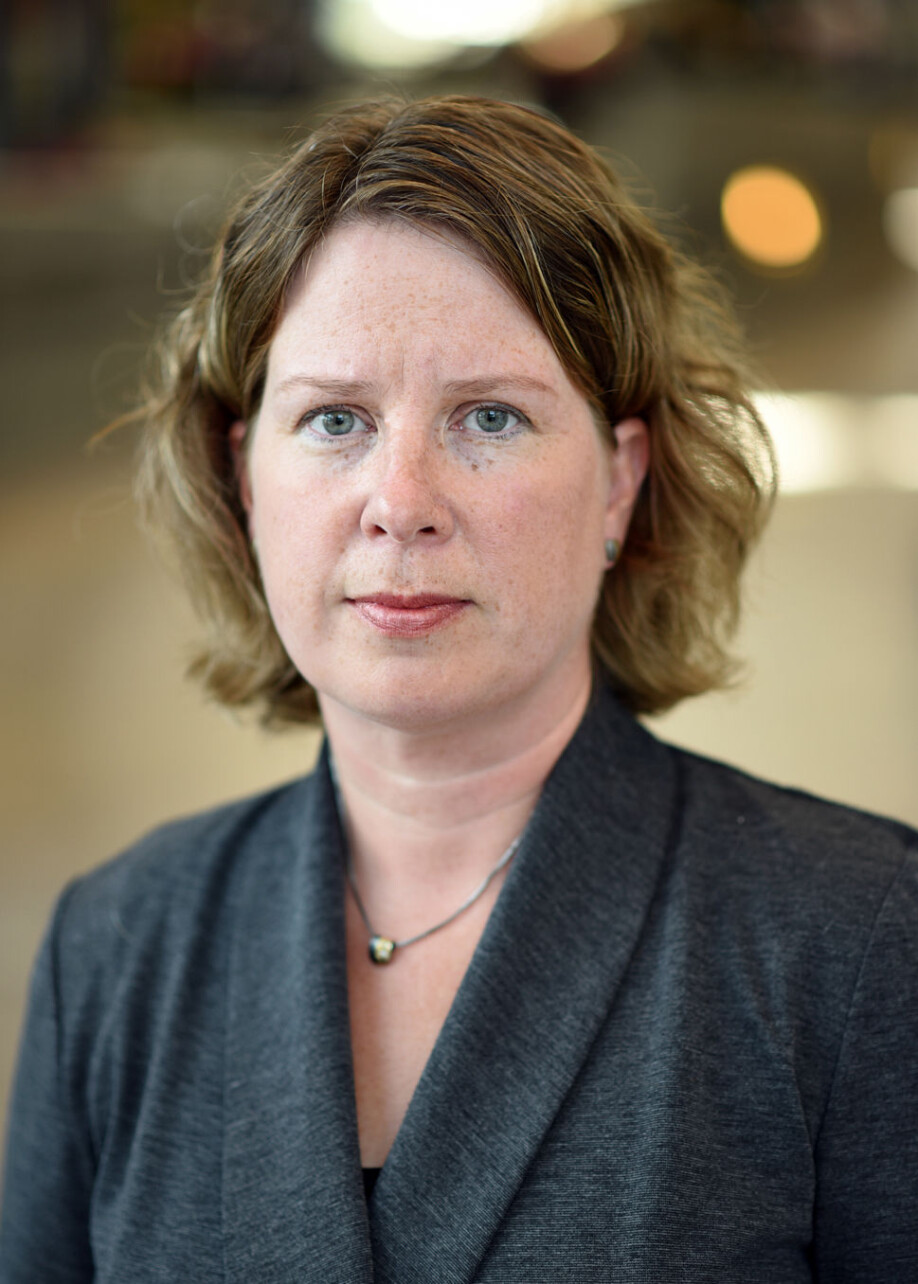This article was produced and financed by Norwegian centre for E-health research - read more

Digital meetings sped up app development
The pandemic stopped the in-person meetings in the design of a health app. It turned out to be a surprise success.
When corona hit Norway, the researchers Berglind F. Smaradottir and Asbjørn J. Fagerlund at the Norwegian Centre for E-health Research were developing a health app for chronic pain patients.
In this work, user participation is crucial. If the future users of the app are not involved in design and functionality, it is less likely to be a success.
The six participants from the Norwegian Fibromyalgia Association were supposed to meet up with the researchers four times in 2020 to provide input to design and functionality. But suddenly there was an end to this. COVID-19 forced them to go for a full digital approach.
Gave feedback from their house
The users had to give the valuable feedback on the application design via the video conferencing system Whereby instead. The researchers feared that the result would not be the same. What actually happened which surprised them all.
“We experienced that digital meetings worked way better than expected,” Berglind F. Smaradottir says.
The fear that they would miss out on valuable feedback about the app proved unfounded. Although they participated in the meetings remotely, it was a success.

The researchers gained some experience along the way, and shared these in the article User-Centred Design with a Remote Approach.
No traveling and easy to connect
Although it may seem difficult at the first glance, there are benefits to digital meetings in user-centred processes.
One example is traveling. Plenty of logistics are involved to get ten people to go somewhere for a whole day’s workshop. It must be planned well in advance and the dates must suit everyone. No such worries when the computer is only a minute away.
Digital meetings are easy to join because they take less time off your day. It doesn’t require much to "pop by" a digital meeting.
“When we invite them in from their own living room, we can do it more often. The original plan was to meet the users four times, but when we are in development mode we need to meet more often. It’s easier to ask them to pop by and check out a new feature,” Asbjørn J. Fagerlund points out.
Technical support on stand-by
However, it’s not just to invite to a digital meeting and hope for the best. Meeting management is required, the technical bit being the most important aspect.
“We quickly realised that technical support is crucial. Participants must have someone to call when things go wrong, as they often do. You can’t lose the moment due to technical problems,” Fagerlund says.
Like when someone has trouble sharing the screen, plan B must be activated.
“If we are twelve in the meeting, it is almost a given that something happens. That is why we have learned to always have a tech-savvy person with us,” Berglind F. Smaradottir says.
Just as active
The researchers wondered if the participants would be as active as in physical workshops. It turned out that the concern was unfounded.
“We experienced that it is important to take some direction, for example by asking everyone in turn about their input. It was also not difficult to get them to speak freely, but it is easy for some to disappear a bit in the background,” says Fagerlund.
In order to get all the patients' experiences, they always have two meeting leaders. One has the main responsibility for following up on remarks and when someone raises their hand.
“We also take minutes. Someone may say something interesting about an icon on the app or a color that was wrong. We have to include everything,” says Smaradottir, who admits that she was surprised by the commitment.
“We have all been to digital meetings where it has been completely silent. That was not the case here, but we must set aside time to listen to everyone.”
Will continue after corona
The researchers believe the virtual dimension adds value to the app development. It has given them a push to rethink the processes and do something new.
Therefore, they are going to continue with the new twist even after the pandemic is over. They believe technology gives possibilities we could not see before corona hit the society.
“We will probably combine virtual and in-person meetings in the future. We are going into the test phase of the health app now. Usually we have a laboratory for this, but now we have to solve it from distance. After having worked with a full digital approach, we are excited to see what more we can do,” Berglind F. Smaradottir says.
Reference:
Berglind F. Smaradottir et al.: User-Centred Design with a Remote Approach: Experiences from the Chronic Pain Project. Studies in Health Technology and Informatics. IOS Press, 2020.
———
Read the Norwegian version of this article at forskning.no


































